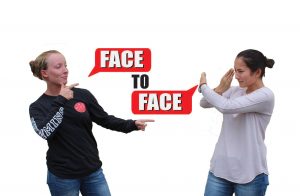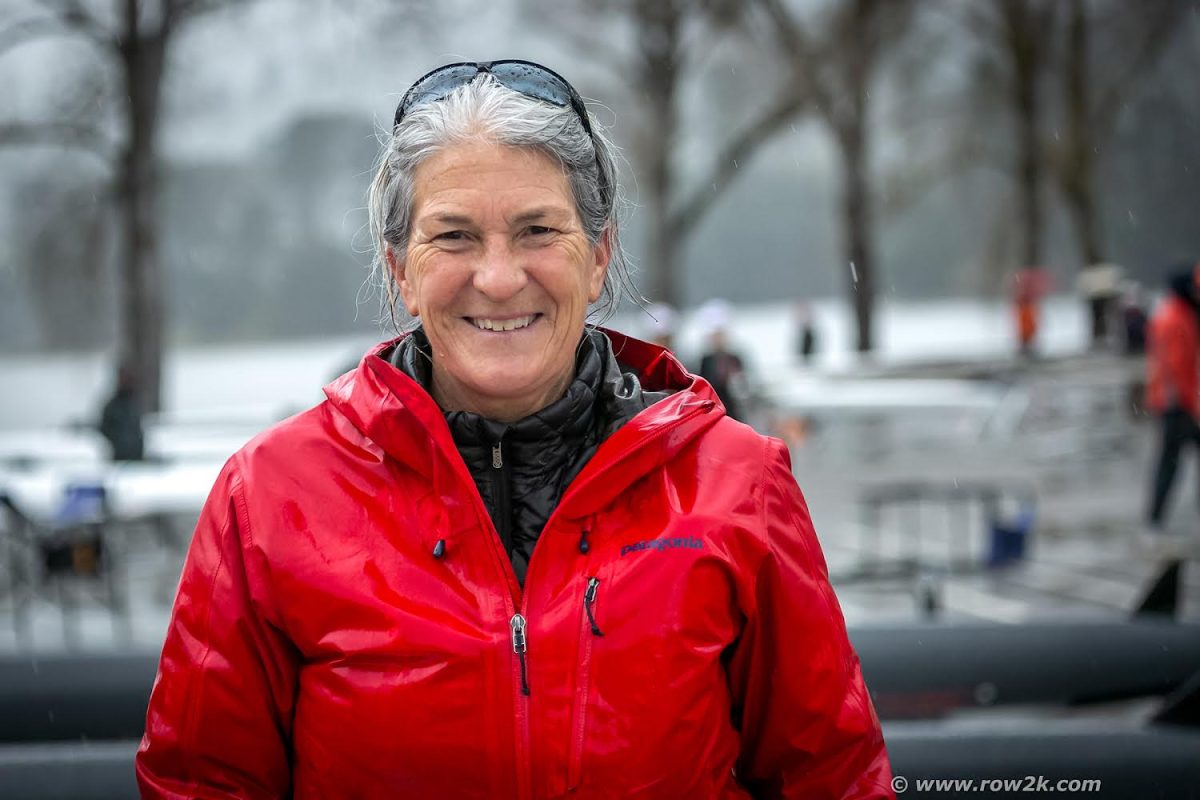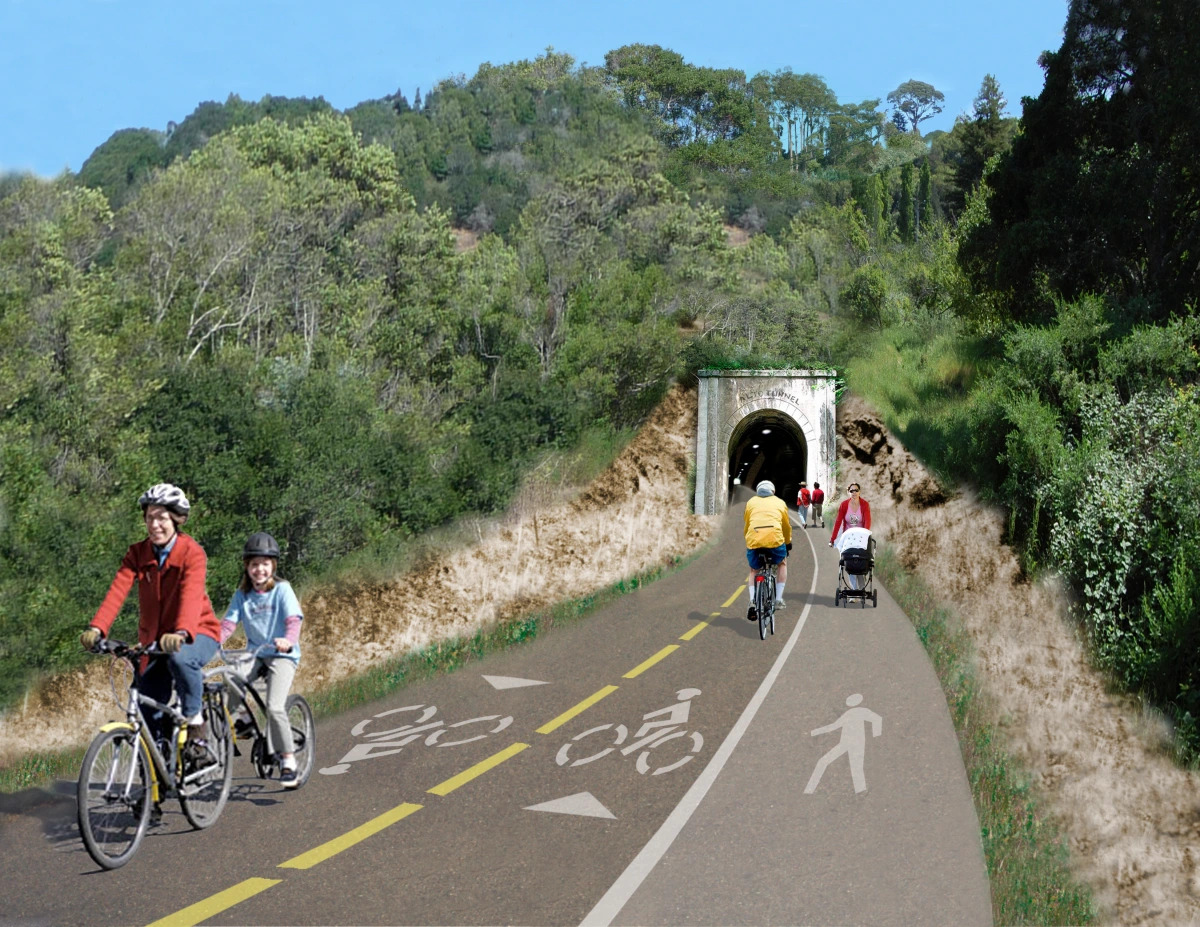Face-to-Face is a feature that allows two members of the Redwood Community to grill each other, argue, or simply converse about a relevant issue or event. We provide the topic, and they do the rest. This month’s participants are senior Audrey Gaither and junior Isabella Liu. They discuss a topic related to the event of University of Chicago’s admission letter to incoming college freshman this year about how they do not support “trigger warnings” or “safe spaces” because they want to encourage consideration and thought of all perspectives. They will be discussing the topic of whether or not schools should prevent topics with potentially controversial opinions or if it prevents freedom of expression or inquiry.
What do you think about safe spaces and trigger warnings?
Audrey Gaither: Safe spaces and trigger warnings help facilitate nice, safe learning environments for students who’ve undergone different traumas in their past and who have different backgrounds, and it allows everyone to feel safe in a learning environment and to reach their individual potentials.

Isabella Liu: While I am an advocate for egalitarianism, I am also an advocate for academic diversity, so to me safe spaces and trigger warnings can break down the free expression of beliefs and ideas in a school which can stop progress and lead to a more segmented society.
AG: Safe spaces and trigger warnings don’t necessarily segment the population any more than they would already be segmented. Students often end up after college in societies surrounded by people that they chose to surround themselves with, and they can talk about what they feel comfortable talking about. So giving students the option in college to feel comfortable and to understand what works for them might in fact lead to a community where people understand themselves a little bit better.
IL: It’s important to understand yourself, but it’s also really important to understand those whose opinions differ from your own. If you have safe spaces and trigger warnings, students can retreat from ideas that make them feel uncomfortable, and we’ll never make any real progress and become a more cohesive student body or society as a whole.
AG: “Uncomfortable” is a bit of light term to give to such a serious issue. Some students who’ve had a traumatic past or come from a less stable home life might need a little bit of space in order to stabilize and become more familiar with themselves. Students making sure that their own mental health is a priority will, in turn, allow them later on to accept others’ ideas even if they aren’t able to do it at that time.
IL: Prioritizing mental health is always a good thing because I want to make sure we look out for our students’ well being. But at the same time, recovery from any mental illness or trauma does require facing what has haunted you in the past. Creating an environment where it is easy to evade dealing with hard things creates a gap between those who are able to deal with diverse ideas and those who shy away from them. In turn, you could argue that it would degrade the overall mental health of the school because everyone becomes weak, for lack of a better word.
Do you think that trigger warnings should be used in our school?
AG: Trigger warnings, when used moderately, couldn’t really be detrimental to anyone’s learning. Teachers, before breaching sensitive subject matters, could help the students in the class to understand what they’re dealing with. For example, in history class, slavery was a real issue that affected a lot of people. So by mentioning trigger warnings, we take events and subjects and discussions we talk about in class and make students realize these are real-world issues. Trigger warnings facilitate more discussion about the topic instead of closing it off because that highlights the reality of the issues we are talking about, how they actually apply to a lot of people.
IL: The trouble I have with that is you don’t necessarily get trigger warnings in the real world and so to learn how to grapple with things that make you feel uncomfortable again or even threatened is important if you hope to have a fulfilling life and a life that is rich in different vantage points. Secondly, trigger warnings can be an asset if they are used to facilitate a deeper discussion, but not if they are used to let kids run away from what they’re scared of. I understand your point about having trigger warnings to let people know that hey, heads up, this is going to be uncomfortable. But if trigger warnings are preceded by an option to opt out of the discussion, I have a problem with that.
















